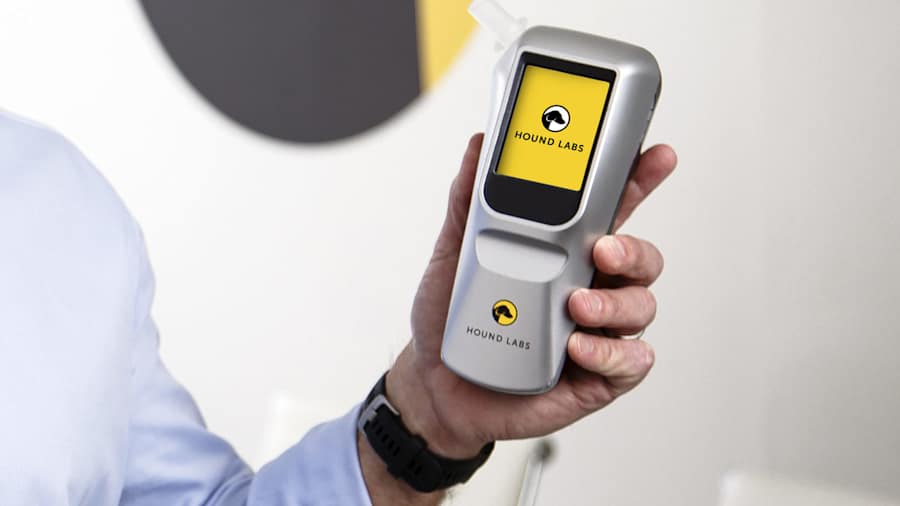Product developers in California are working to perfect a breathalyzer for marijuana that’s able to determine if you’ve smoked pot before getting behind the wheel.
The device is hypersensitive, and can detect whether someone has smoked in the past two to three hours, the company says.
Recommended Videos
As it stands, police don’t seem to have a consistent, accurate way to test a driver for marijuana, meaning, determine whether he or she is currently high.
Some departments use field sobriety tests to try to determine if a driver is stoned, but those are more so intended to test for alcohol impairment. Other current blood, breath and urine tests might not be reliable, as many can only determine if a driver was high at some point that day or week, instead of at that very moment, according to USA Today.
For example, blood concentrations of marijuana's active ingredient, THC, can stay persistently high in chronic pot smokers, published reports note.
It seems that law enforcement is becoming more and more aware of the issue. In five Michigan counties where a pilot program rolled out, police were able to carry handheld devices to test for the presence of drugs in drivers' saliva, with results back in about five minutes.
But nothing like that has been introduced statewide or nationwide.
And as the laws pertaining to marijuana use continue to loosen across the U.S., it might make you wonder: What are police doing to keep stoned drivers off the roads? Shouldn’t there be one uniform way to test for marijuana?
A new solution?
This is where an Oakland, California startup, Hound Labs, comes into play. Its hypersensitive breathalyzer could be used to help law enforcement officials keep impaired drivers off the road.

How does it work?
Hound Labs says the device can pick up any THC that might be present on a driver’s breath.
The company just conducted a second clinical trial of the device in late February, and the results sound promising.
“Results from this landmark study confirm – for the first time in a clinical trial – THC is present in breath for two to three hours after smoking, which is the same duration as peak impairment, according to government studies. The trial also concluded that detecting THC in breath for two to three hours requires the capability to measure complex molecules in breath at extraordinarily low levels – to one trillionth of a gram per liter of breath.”
Hound Labs’ technology is indeed capable of detecting THC in breath in picograms, or parts per trillion -- demonstrating that a portable breathalyzer can capture incredibly low concentrations, the company said.
The device, by the way, tests a person’s blood-alcohol level, as well. It can also pick up on whether someone has vaporized or eaten a marijuana product.
Learn more about how it all works, if you’re curious about the nitty-gritty details.
How dangerous is driving while high?
Although crashes involving fatalities and serious injuries are more often associated with drunken driving, marijuana use can still impair the cognitive abilities needed for safe driving, including tracking, motor coordination, visual function and divided attention, according to the website Live Science.
Vice recently wrote about driving while high and how police currently decide whether someone is too stoned to drive.
“The gold standard would be a breathalyzer-like device that can objectively measure whether someone has recently smoked and how much,” the report said.
Could this be the device of the future?
It’s likely too soon to say, but it sounds more than possible.
“We have had a great deal of interest in our breathalyzer from law enforcement and employers in the U.S., and across the globe,” Hound Labs says online. “(We) continue to receive new inquiries regularly. ... We have tested versions of the Hound marijuana breathalyzer with law enforcement as part of the development of the tool. Multiple law enforcement agencies are planning to use our breathalyzer when it becomes available.”




